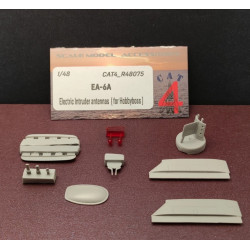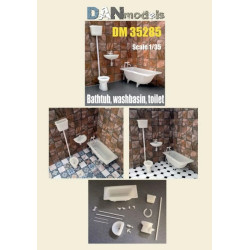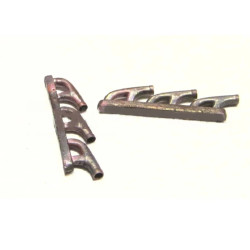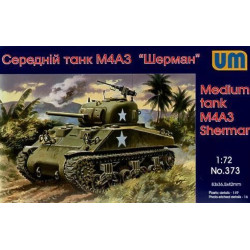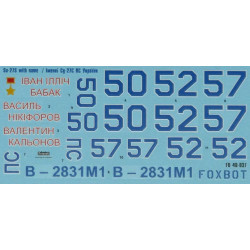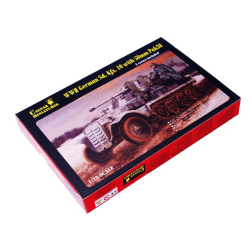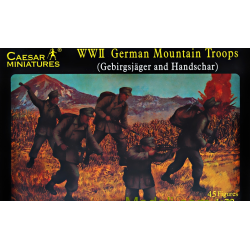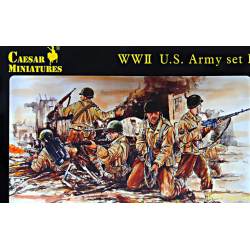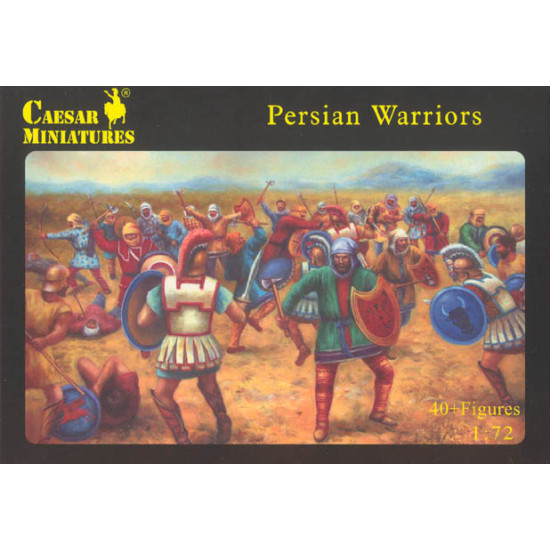


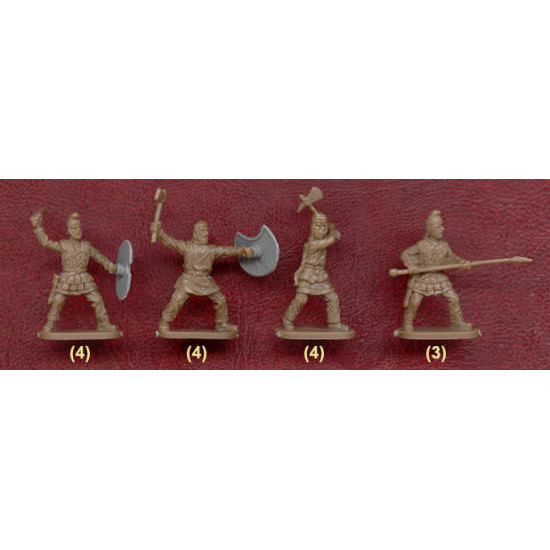




Persian Warriors
1/72 scale plastic model kit
Ceasar Miniatures H066
Manufacturer: Ceasar Miniatures
Scale: 1/72
Material: Plastic
Paint: Unpainted, assembled, Kit do not contain paints and glue.
Condition: New in Box
Review
Empires such as that of Rome could take decades or centuries to build, but the Persian Empire was created largely by one man, Cyrus the Great, who in the three decades or so of his reign (during the mid sixth century BCE) took over or conquered the Median, Lydian and Neo-Babylonian Empires. While the Empire was to expand further after his death, he had created the heart of an empire that was to last for over two centuries, finally being destroyed by Alexander the Great in 330 BCE. While it lasted the Empire inevitably fought its near neighbours, most famously the Greek world, as well as many internal revolts and civil wars.
While most imperial armies tend to be a mix of native troops and subject peoples, Persian forces seem to have been more mixed than most. Many of the conscripted forces or paid mercenaries wore their own costume and fought in their own way, but some may have been clothed in the manner of the Persians themselves, which is to say in the Median costume that the Persians adopted. Most of the figures in this set are suitably clothed in Median style, which was a tunic that reached a little above the knees and had close-fitting sleeves, plus trousers that were also fairly close-fitting. This was a far more practical costume than the traditional Persian dress, the long robe with wide sleeves, which became worn only for court or other formal occasions. Such a robe is famously depicted in several places such as at Persepolis and Susa, where palace guards and officials are shown wearing it, and the first and last figures in our last row are similarly clothed. The final figure, looking much like a guard, seems a perfectly good pose for this costume, but we were much less sure about its use for the archer as this figure suggests battle, where such an impractical costume would not have been worn, even by the king’s elite bodyguard.
Aside from these two figures, a surprisingly high number of the figures wear some form of armour. In at least one case this is clearly scale armour, while others are more probably leather or quilted. The extent to which Persian infantry wore armour is not certain, but it seems likely that many wore theirs under their tunic, while many others had none at all, so the number of poses here with armour clearly visible seems to exaggerate this practice.
Also of note are the various headdresses, which include various caps (including the pointed example on the wounded man, which suggests Saka), but the most common, quite correctly, is the tiara, a cloth headdress that could also cover the lower face. Some sources claim that the crown of this cap was left limp and made to droop to the side, as to have it erect or pointing to the front indicated royal status and therefore clearly unsuitable for regular soldiers. However other sources show the erect, facing forward mode as normal for the common soldiery, and these seem to have been the sources Caesar have used as many men here have theirs in the ‘royal’ arrangement. Exactly which sources are correct is hard to judge, or indeed if such subtleties changed over time, so we will simply say that this particular feature may be controversial for some.
The Persian weapon of choice, especially for the elite, was the bow, and missile weapons played a major part in most Persian battle tactics. With little heavy infantry of their own, the Persians usually relied on breaking up an enemy with arrows and slingshot before they could meet hand-to-hand, or else hire mercenary heavy infantry such as Greek hoplites. Therefore we were particularly disappointed that there is effectively only one archer (ignoring the gowned figure), and only one other figure is even carrying a bow or quiver. Even if not actually using the weapon we felt many more of the poses should have been carrying the gorytos, the combined bow case and quiver, and ideally there should have been more active archers. The other main weapon was the spear, and we do find good numbers of this weapon here. Two of the poses (the first and third figure in the second row) have ring hands into which one of several weapons from the separate weapons sprues (of which there are three) can be inserted. As can be seen the weapons on offer are spears, swords and axes. Two of the remaining poses also carry axes, which were certainly used by the Persians, although these seem rather heavier than the smaller type usually illustrated. The other weapon is of course the sword, which is fine.
Moving from offence to defence, it should be noted that all the shields are provided on the separate weapons sprues, and there are a total of 12 oval or ‘dipylon’ shields and 18 crescent or ‘taka’ shields. Both are certainly authentic, although the larger rectangular wicker examples that were also common are missing here (but can be found in quantity in the corresponding Zvezda set).
Given the weapons being used the poses are a good collection and all are well animated. The man swinging his axe around his head is well done and may well be benefiting from a multi-part mould, as is one of the swordsmen, but the only unusual figure here is the fallen man, which is very nice, not least because casualty figures are still very rare, particularly in ancient sets. Since the shields are separate we were disappointed that so many of them were still being held well away from the body and apparently not being used to protect it at all. Some poses are better than others in this regard, but we felt more could have been done to bring shields in front of the man.
Like all Caesar output these are expertly produced figures with a wealth of detail and entirely lifelike anatomy and posture. All the many folds in the clothing are beautifully done, textures such as armour are excellent and the faces are full of life. With no hint of flash the only small complaint is with the shields, which attach to the figure via a peg on the hand and a raised hole on the shield. This is a perfect fit, as are the weapons, but it does mean the shield is held at a small distance from the hand, and with no attempt to depict the method of holding the shield. Perfectionists may choose to remove the raised part of the hole and drill it through the shield, which will bring it up to the hand, but that will be a lot of work for a lot of figures.
The Persians have been modelled several times already in this hobby, with a wide range of results from dreadful to excellent. These figures are definitely at the excellent end of the scale, and most of our gripes concerned what was missing in the set, which is perhaps deliberate to avoid duplicating the work of others. As a standalone set then this is not a perfect depiction of a Persian army, but as an addition to the existing sets it is a worthy and most appealing companion.
http://www.plasticsoldierreview.com/Review.aspx?id=1396
| General Product Info | |
| Material | NOT SET |
| Scale | 1/72 |
| Type | Ancient Warriors |
We have the lowest worldwide shipping. And it's totally simple.
EUROPE, USA, CANADA TURKEY, ISRAEL, EGYPT, UE CHINA, JAPAN, HK, S.KOREA | AU NZ MX South America, Asia | |
| Order weight up to 0.22kg or 0.48lb | US$ 8.90 | US$ 8.90 |
| Order weight up to 0.44kg or 0.97lb | US$ 13.95 | US$ 17.90 |
| Order weight over 0.44kg or 0.97lb | US$ 19.99 | US$ 29.99 |
| Order total over $150 | FREE | PROMO US$ 19.99 |
Shipping to some countries not qualifies for the free shipping option but costs not over $29.99 for any sized order. Sorry for that, your location is too far.
- Stock: Out Of Stock
- Model: CMH066
- Weight: 0.19lb
- DATE ADDED: 27/03/2014





